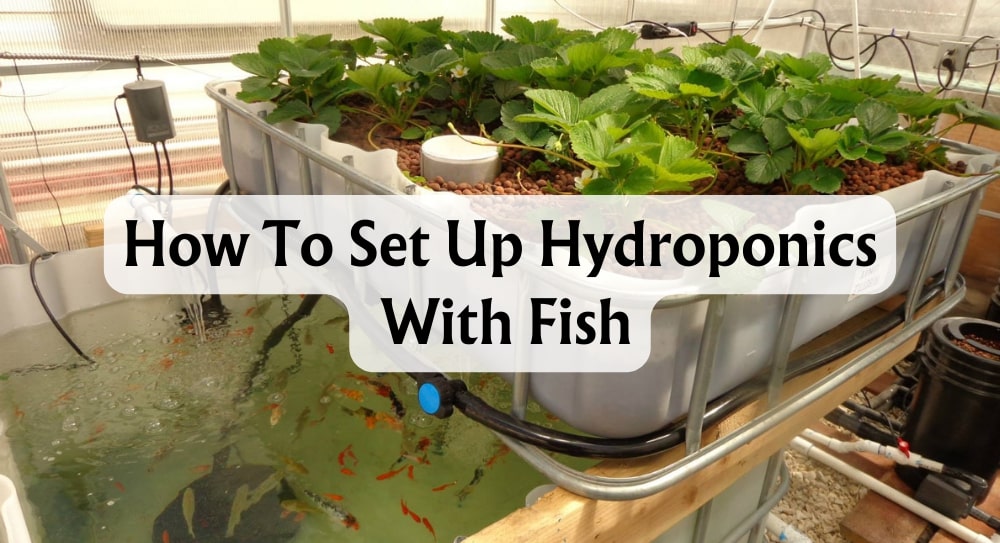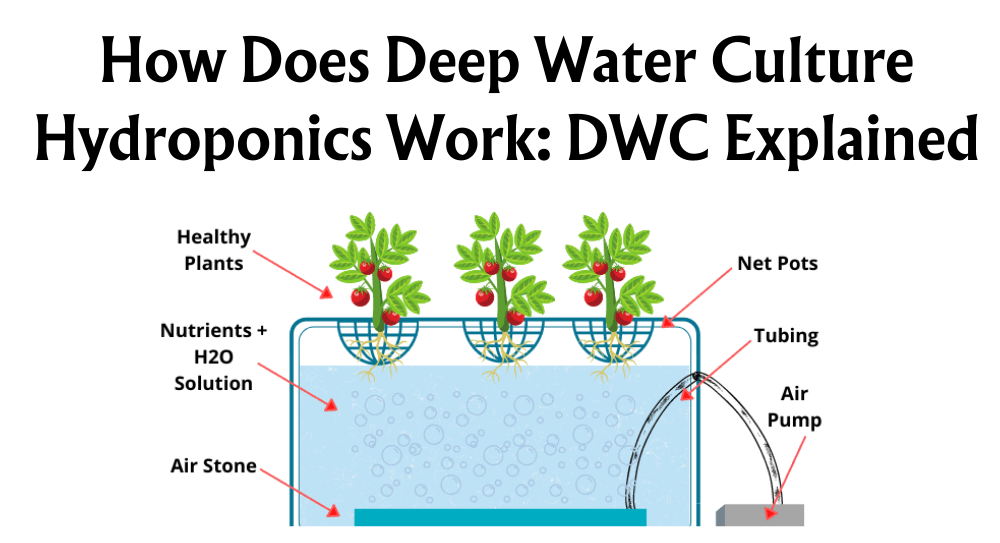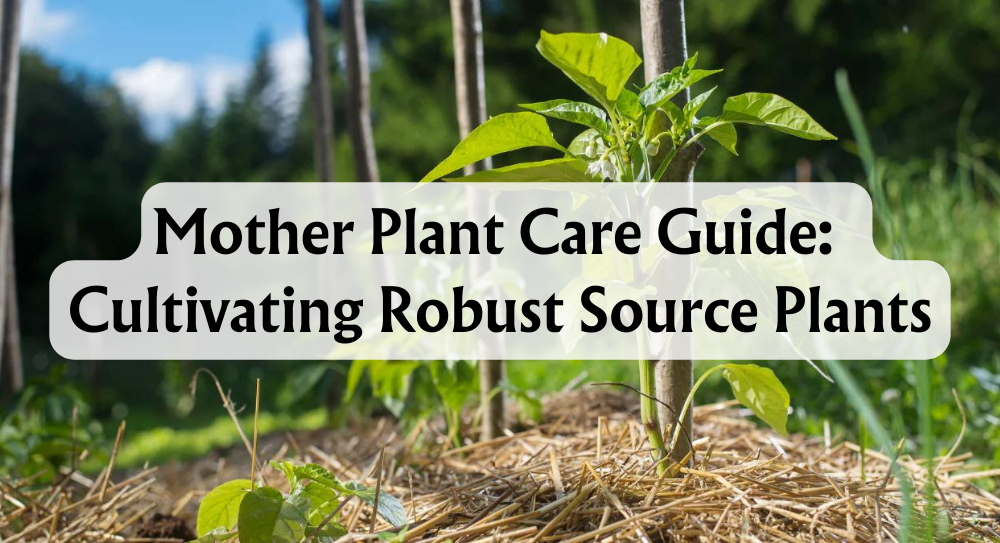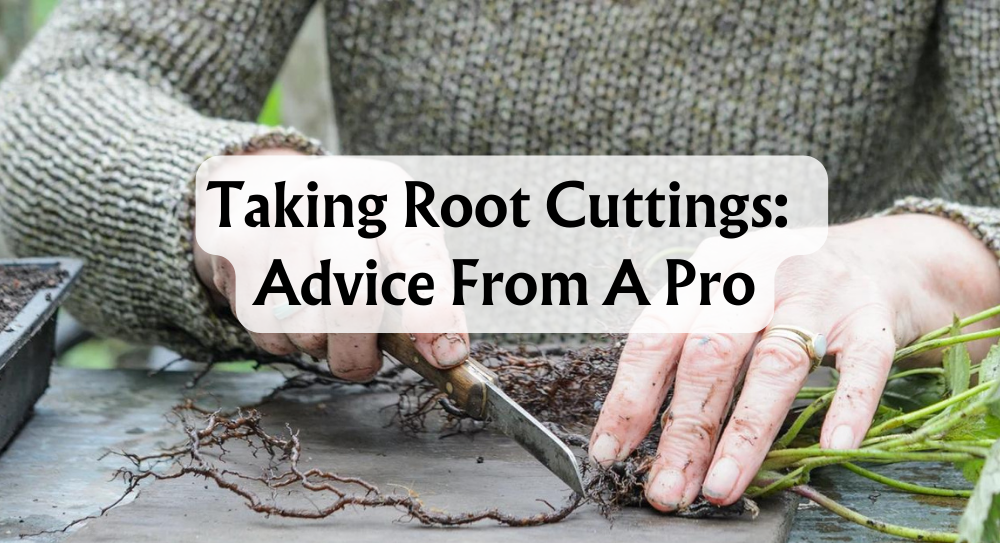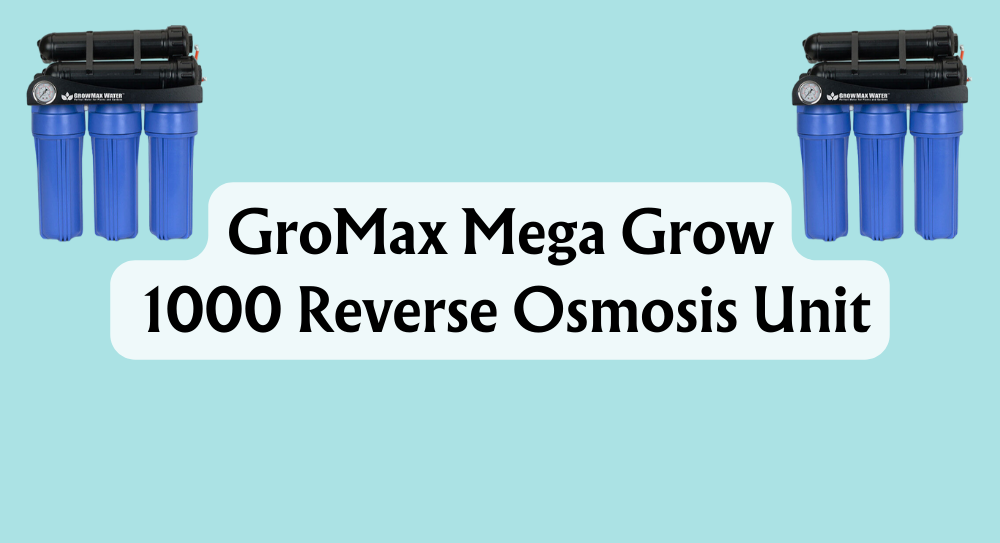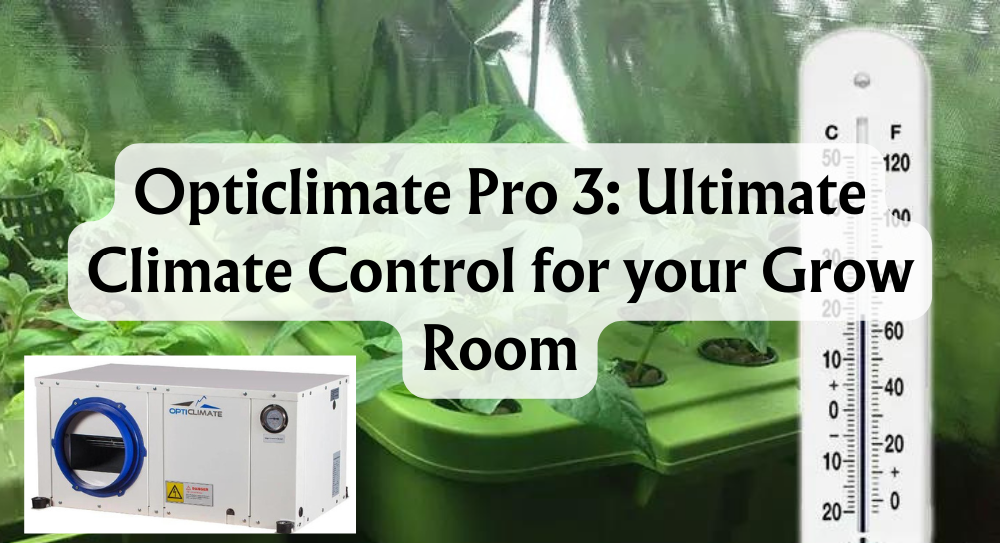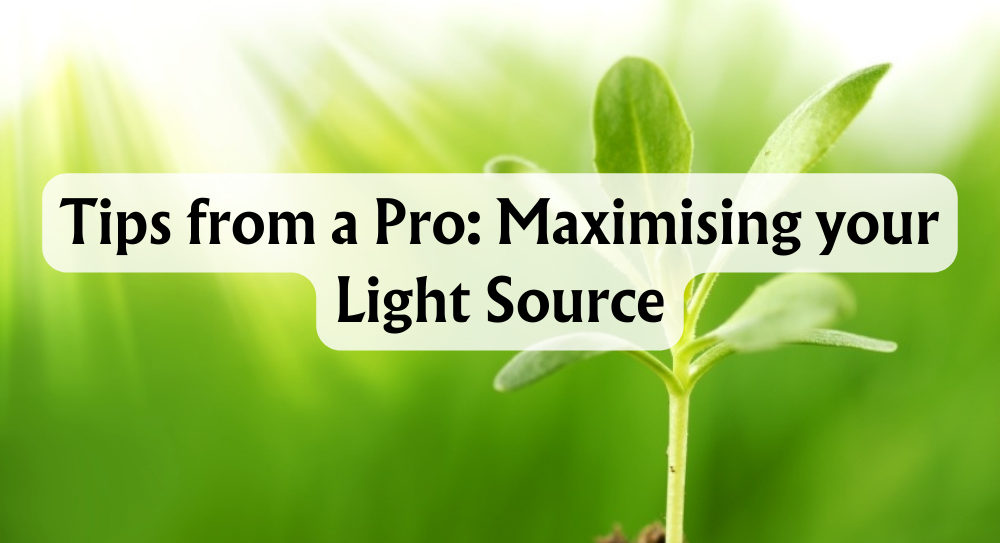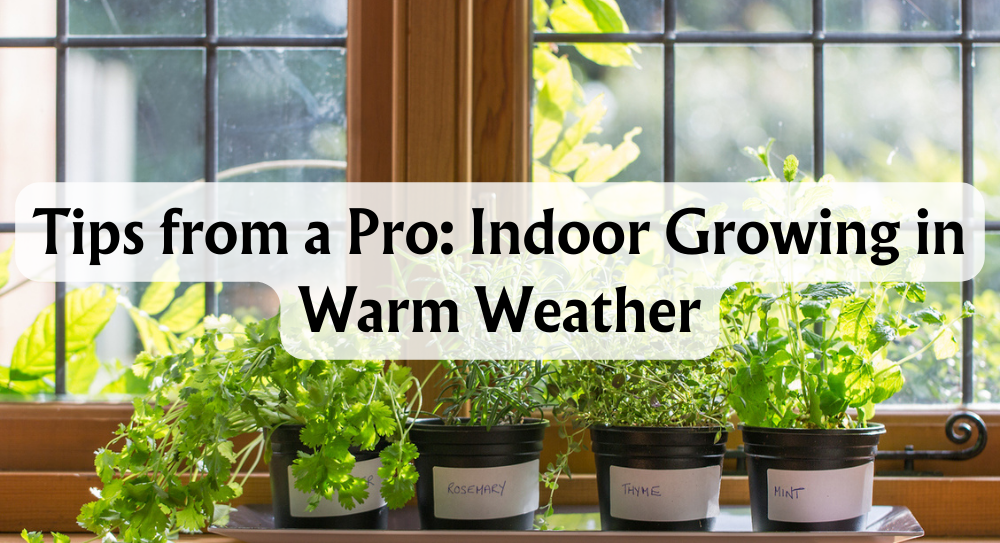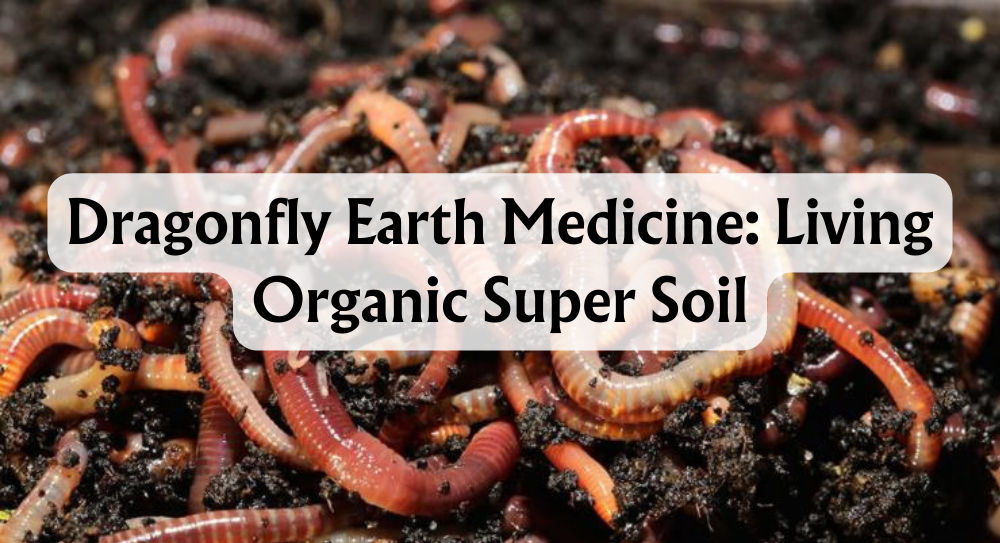Aeroponic Systems
Aeroponics is a plant-cultivation technique that might sound like science fiction, but trust me, it's very much a reality. It's a bit like hydroponics, but instead of using water as a growing medium, it sprays the plant roots with a nutrient-rich mist. It's clever because the plants are literally hanging in the air and the grow systems do all the hard work of delivering nutrients and oxygen directly to the roots.
This soil-less gardening technology offers stacks of perks for plants: they can grow faster, and you can often squeeze in more plants per square metre, which means higher yields. Brilliant, isn't it? But it's not all a walk in the park. Setting up an aeroponic system can be a tad more expensive and a bit tricky to get your head around. And if the technology has a hiccup, it's a race against time to fix it before the plants throw in the towel.
As a gardener with a keen interest in technology, I find aeroponics fascinating. In this article, I'm inviting you into my world to get the lowdown on how aeroponics systems are set up and maintained, the different types you can dabble with, and what greenery you can expect to flourish. Along with the upsides, I'll be upfront about the potential setbacks, and we'll look at real-life examples of where aeroponics is making a splash.
Key Takeaways
- Aeroponics is a soil-less technique of growing plants using nutrient mist.
- The system offers benefits such as efficient resource use and higher plant yields.
- Understanding aeroponics involves technological setup and potential challenges.
What Does Aeroponics Mean?
Have you ever wondered if plants can thrive suspended in air, without any soil hugging their roots? That's where aeroponics comes into play. It's a fascinating method that cultivates plants in an air or mist environment. Let me tell you, this technique sidesteps the need for soil or any other aggregate medium altogether.
Now, I think the name aeroponics has a rather neat backstory – it's a blend of two Greek words: aer (air) and ponos (work). Essentially, it's all about the plants getting their hustle on with the help of air! Quite a befitting term, as these aerial environments work tirelessly to support plant life.
Advantages:
- Roots are exposed to oxygen and nutrients – it's like an all-you-can-breath-and-eat buffet for plants.
- It's a water-wise system, making it light on resources but heavy on efficiency, which is brilliant for our planet.
- Plants grow faster and healthier without the constraints of soil.
Disadvantages:
- The setup can be quite intricate and not so friendly on the wallet.
- Absolutely reliant on electricity and some pretty nifty tech.
- Have you ever seen a clogged nozzle or a bit of contamination throw a spanner in the works? Well, in aeroponics, it can be a real issue.
So there you have it! While the system is a marvel of modern plant science, it's not without its challenges. But imagine the beauty and efficiency of plants suspended in the air... pretty cool, right?
What Is an Aeroponic System?
Have you ever wondered how we can grow plants without any soil under their roots? I'm here to share about an incredible method called aeroponics, a soilless growing innovation that's part of the wider hydroponics family. Here's a simple guide to understanding this cutting-edge cultivation technique.
Essential Components of an Aeroponic System
- Reservoir: This tank is where the nutrient-rich solution of water sits. It’s the lifeblood of the whole system.
- Pump: Thinks of it as the heart that keeps the blood flowing, only it sends the nutrient solution to where it's needed.
- Misting Devices: These little sprayers are like cloud-makers, turning the liquid into a fine mist to feed the roots.
- Enclosure: A protective space stops any light-loving algae from gate-crashing the party and keeps out unwanted pests.
- Support Structure: It’s like a stage for the plants, where the roots are suspended in the air, waiting for their nutrient mist.
How Does It Operate, You Ask?
- The plants are held aloft by the support, roots basking in the open.
- Nutrient solution travels from the reservoir to the roots, thanks to our friend the pump.
- Sprayers create a nutrient-rich mist, ensuring the roots get a balanced diet.
- After the feast, the leftover solution is collected and escorted back to the reservoir.
What Makes It So Special? This technique is a closed-loop system. That means the solution is reused rather than discarded, conserving water and nutrients. The on-off cycling of the mist also helps to get oxygen to the roots, making plants healthier and possibly more productive.
Irrigation? Hardly. It's all automated! The roots get a regular misting according to schedule, and I don’t have to lift a finger to water them.
Aeroponics is more than a soil substitute; it’s an innovation that might just change how we view gardening altogether.
How Does the Aeroponic System Work?
Ever wondered how plants can thrive suspended in air, without the comfort of soil? Aeroponics is the answer, a high-tech sibling to hydroponics. I'm here to shed some light on this fascinating approach to growing plants.
In an aeroponic system, the roots of the plants are misted with a nutrient solution. Unlike traditional planting, where roots seek out nutrients through the soil, aeroponics brings nutrients to the plants. Tiny devices called misters spray a fine mist containing water and essential nutrients directly into the roots. But what's truly remarkable? These roots dangle freely in the air, absorbing moisture and food through a process called osmosis.
Now, don't forget about oxygenation. The exposed roots receive oxygen from the surrounding air, necessary for respiration. It's a breath of fresh air for the roots, literally! And since there's no soil, the risks of diseases transmitted by soil-borne pathogens are significantly slashed.
But it isn't just a spray-and-forget kind of setup. The system's success depends on the droplet size and frequency of the mist—too large or too infrequent, and the roots might dry out. Similarly, the nutrient solution's concentration and pH levels are crucial. If they're off-kilter, the plants could suffer.
What about external factors? Well, temperature and humidity play their own roles. If the air is too hot or too cold, or if the humidity oscillates between too high or low, it can affect plant growth. And let's not underestimate good old gravity. It helps drain the excess solution away, preventing water-logging of the roots.
And of course, plants still need light to perform photosynthesis, using water, nutrients, and oxygen to churn out energy. The right balance of light and airflow keeps the whole system ticking over smoothly.
The mechanics of aeroponics might sound space-age, but it's firmly rooted (excuse the pun) in the laws of nature, bringing us wholesome results with a futuristic twist.
Types of Aeroponic Systems
Aeroponic systems are diverse and cater to different scales and complexities of gardening. Whether you're a hobbyist or a commercial farmer, understanding the type of system that suits your needs can make all the difference. Here's an overview of the varying methods you can employ in your aeroponic adventures.
Low-Pressure Aeroponics (LPA)
LPA is the entry point for many into the world of aeroponics. It's a budget-friendly choice that utilises low-pressure pumps and misting nozzles to deliver larger droplets of nutrient solution to the plants. It’s a system I’d recommend for novice gardeners or those who wish to start small.
-
Advantages:
- Low cost: Easy on the pocket
- Simple to set up: Almost plug-and-play
- Low energy use: Economical on electricity
- Best for: Seedlings, clones, and herbs
-
Disadvantages:
- Water use: Could be more efficient
- Aeration and drainage: Needs improvement
- Plant size: Not for the heavyweights
High-Pressure Aeroponics (HPA)
Moving on to the HPA, it’s a sophisticated ordeal, employing high-pressure pumps to create a fine mist that envelops the roots in a nutrient-dense fog. If you're geared up for a large-scale operation or are keen on packing in maximum efficiency, this is where you aim your sights.
-
Advantages:
- Precision nutrient delivery: Laser-focused feeding
- Root oxygen exposure: Maximised for plant health
- Crop yield and quality: Exceptionally high
-
Disadvantages:
- Complexity: Might need a bit of a learning curve
- Energy consumption: Higher utility bills
- System vulnerability: Keep an eye out for power or pump issues
Ultrasonic Fogger Aeroponics
Ever fancied a bit of avant-garde gardening? Ultrasonic fogger aeroponics might just pique your interest. It uses high-tech ultrasonic technology to create an incredibly fine mist, ensuring that the roots receive optimal levels of nutrients and oxygen. It’s a system befitting research environments and cutting-edge applications.
-
Advantages:
- Resource-efficient: A little goes a long way
- Root optimisation: First-class aeration and hydration
- Growth speed: Quick plant development
-
Disadvantages:
- Reliability: Still in the experimental stage
- Nutrient control: Demands precision
- Maintenance: Watch out for clogs and unwanted microbes
From personal experience, every aeroponic system has its unique set of quirks. Your choice depends largely on your commitment level and how invested you are to growing plants in a soil-free environment. Remember, the more intricate the system, the greater the potential for both high yields and complicated troubleshooting.
What Can You Grow With Aeroponics?
Let's chat about the exciting range of plants you can cultivate in an aeroponic system.
Vegetables, oh the variety! You can grow leafy ones like lettuce, spinach, and kale—the perfect start for a fresh salad. Heavier veggies such as cucumbers, tomatoes, and peppers also do brilliantly, though they'll need a bit more support as they mature. I've even seen eggplants flourishing in the misty embrace of aeroponics.
Thinking of adding flavour to your dishes? Herbs are your best friends here. From aromatic basil to zesty mint, hearty parsley, and even oregano, they thrive in an aeroponic system, needing only your loving care and a bit of space.
And who could forget the luscious strawberries? These sweet, red delights along with blueberries and raspberries, are more than happy to grow mid-air, rewarding you with fresh fruit that might just taste like a little piece of summer.
Have a go at root crops like carrots and radishes too. They have slightly different requirements, but with careful system adjustment, you’ll be pulling them out of your aeroponic setup instead of the ground.
Remember though, the key to a successful aeroponic garden lies in understanding the needs of your plants—how much do they weigh when fully grown? What about their thirst for water and nutrients and their need for warmth and light? Also, consider how they all get along together because compatibility can be a real game-changer in a limited space.
So grab your tools, and let's get aeroponic!
Pros and Cons of Aeroponics
In this section, we'll explore the various advantages and disadvantages that come with using aeroponics for growing plants. It's a method that has revolutionised the way we think about agriculture, but it's not without its challenges.
Pros
I must say, one of the most striking pros of aeroponics is the faster plant growth. The roots have direct access to oxygen and nutrients, which pumps up their growth rate and can result in higher yields compared to traditional soil methods. Plus, because plants are suspended in the air with their roots exposed, there's a significantly reduced consumption of water and nutrients—nothing is wasted, which is pretty nifty!
It gets even better. With aeroponics, I have so much control over the environmental factors that affect my plants, from the nutrient concentration to the temperature. This control isn't just a power trip; it allows for bespoke conditions that are perfect for each plant. And without the need for soil, I'm not fussing over soil-borne pests and diseases. There's less chance of my plants getting sick, which is a relief.
And let's not forget about efficiency. Space is a precious commodity, and aeroponics uses it wisely. I can grow more in a smaller area since I don't need rows of soil, heck, I can even make my own little vertical farms if I want. Genius
Cons
However, it's not all sunshine and roses. The initial sting is in the wallet – the cost of setting up an aeroponic system is certainly higher than just getting some dirt and seeds. Plus, there's always something new to learn, which means I've had to arm myself with a fair bit of technical know-how.
Then there's the energy consumption to think about, these systems require electricity. The technology such as pumps and misters need a constant supply of electricity. If there’s a power outage, I could be saying a sorrowful goodbye to my plants.
Another thing that keeps me on my toes is the** risk of bacterial and fungal infections**. Yes, I said that aeroponics is less prone to diseases, but when an issue does arise, it can spread quickly through the mist, making it a potential nightmare.
So, while my aeroponic system is a water-efficient, space-saving grow-op with fewer foes and faster growth, it does demand more from me both mentally and financially. Plus, I'm always at the mercy of technology, and we all know how that can let us down at the most inopportune moments. Keep these points in mind if you're considering giving aeroponics a go.
Conclusion
In examining aeroponics, we've ventured into a future-forward approach to farming. As someone intrigued by this marriage of technology and agriculture, I've observed that aeroponic systems offer a soilless alternative to traditional farming methods. For you gardeners out there eager to dip your green thumbs into something new, this could be a revolutionary way to grow your produce.
Remarkably, aeroponics is not only water-efficient, using 98% less water than other methods, but also minimises labour costs and boosts plant growth and yields. It's a method that suspends roots in air, misting them with a nutritious solution. Compared with hydroponics, where roots soak in a nutrient solution, aeroponics stands out with its minimal use of liquid and potentially greater safety due to the reduced risk of waterborne diseases.
For those of you pondering your next step in gardening, here are some tips:
- Start small: Experiment with a simple aeroponic kit to get familiar with the process.
- Monitor carefully: Keep track of the nutrient balance and misting frequency to maintain healthy plants.
- Go high-tech: Consider automating your system with timers and sensors to streamline your gardening.
By embracing aeroponic farming, we're not merely looking at a fad but at a sustainable solution to food scarcity and the woes of resource depletion. Grander ambitions aside, if you're simply ready for one of the best systems for taking your growing game up a notch, look no further. Together, let's grow towards a more sustainable tomorrow.







 Store Locator
Store Locator

